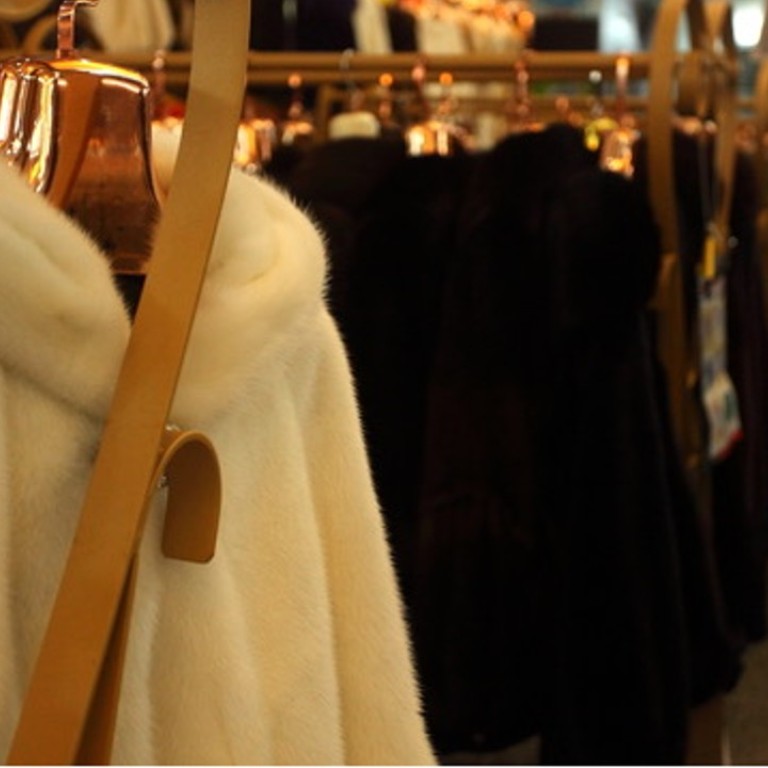
Hong Kong's fur industry - how will Gucci ban affect it? A lot less than you may think
In the wake of Italian fashion leader's decision to stop using fur from 2018, we take a closer look at the thriving fur industry in Hong Kong and China, and the alternatives offered by designers
When the hottest brand on the planet decides that it is no longer using fur, the fashion world sits up and listens. Announcing the decision at the annual London College of Fashion x Kering Talk last month, Gucci CEO Marco Bizzarri said: “Do you think using furs today is still modern? I don’t think it’s still modern and that’s the reason why we decided not to do that. It’s a little bit outdated. Creativity can jump in many different directions instead of using furs.”
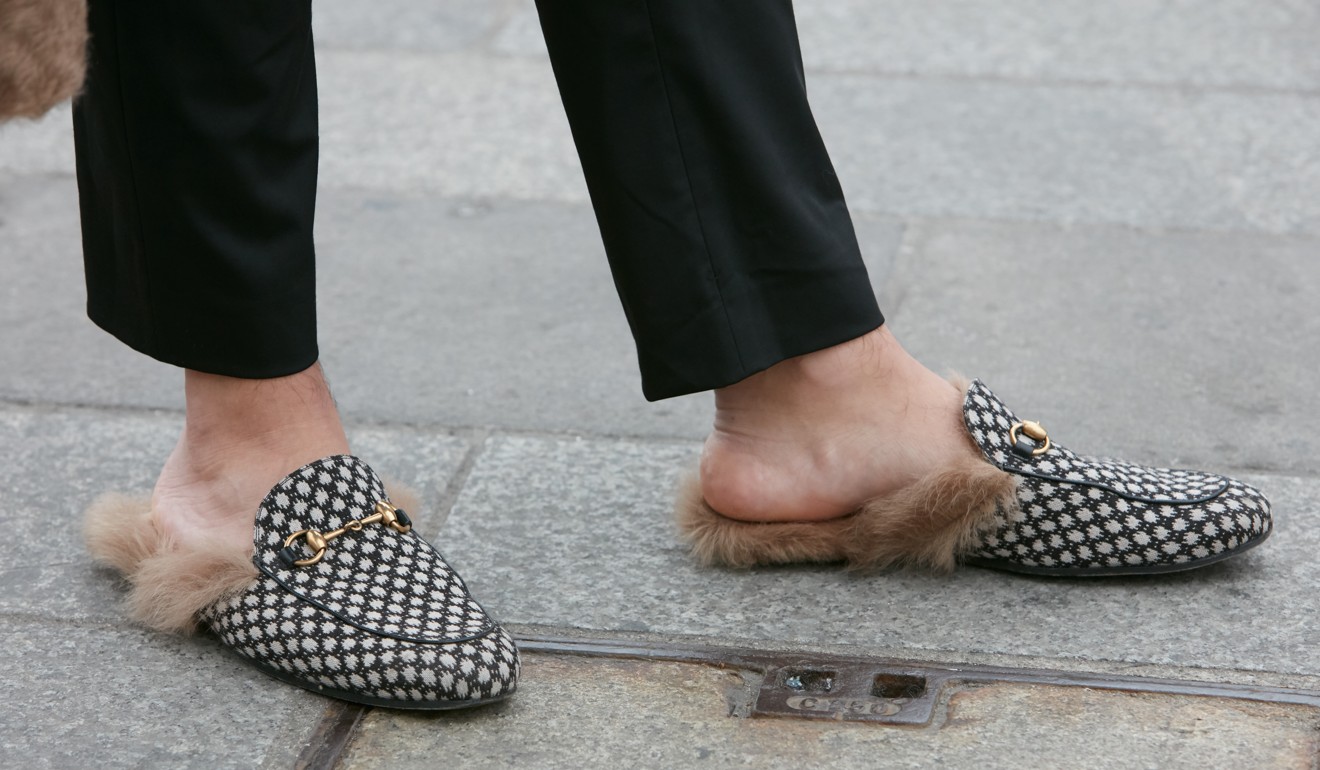
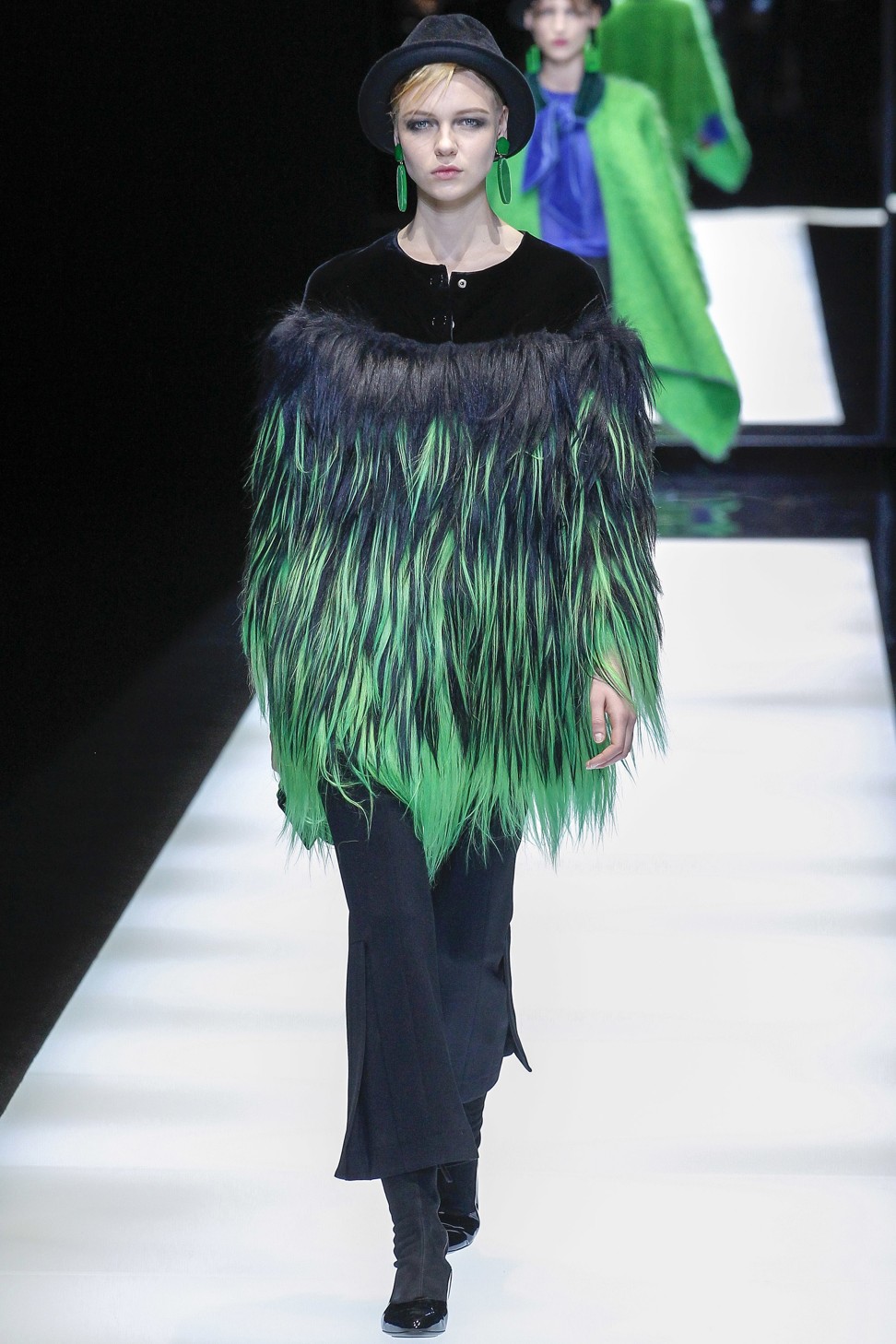
Italian fashion house Gucci to go fur-free in 2018 as it commits to ‘making sustainability an intrinsic part of our business’
“Although the climate is warm in Hong Kong, fur remains [an] iconic luxury item for people to wear at special events,” says Mark Oaten, CEO of the International Fur Federation. “People also buy lighter furs these days that can be worn even when it’s warm. There is also a growing market for accessories and trims, which are not affected by the warmer climate.”
The local fur industry dates back to the 1930s, when furriers from China came to Hong Kong and set up shop. Business boomed as furriers targeted the increasingly affluent domestic market, and later on, the tourists. In 1979, the Hong Kong Fur Federation was established and the organisation now has over 150 members. Its annual events, such as the International Fur & Fashion Fair and the glitzy Fur Gala, are well attended.
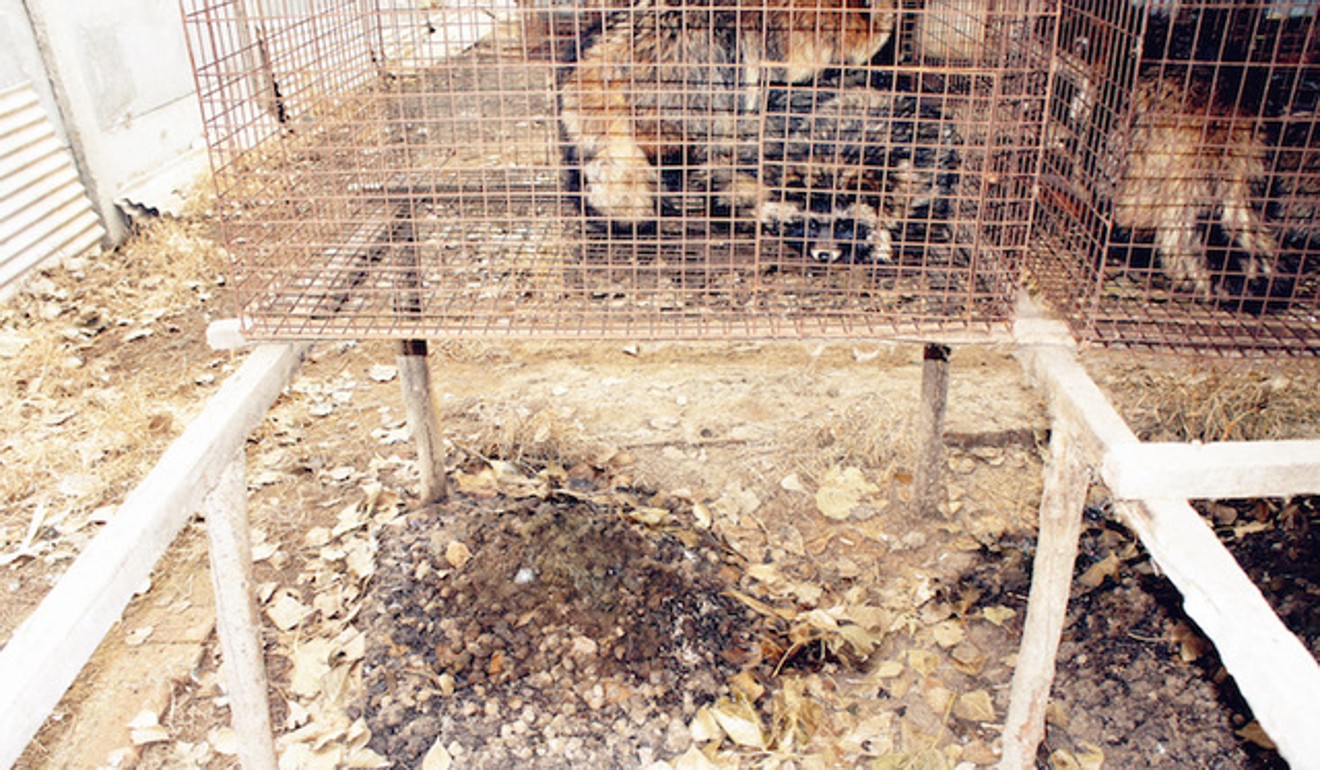
Oaten, who was in China this summer to discuss reducing the luxury goods tariff, adds: “The anti-corruption issue appears to have slowed down economic growth, and in the last 18 months there has been a slowdown in [fur] sales. But early signs for this season show promise and there could be a return to a strong market.”
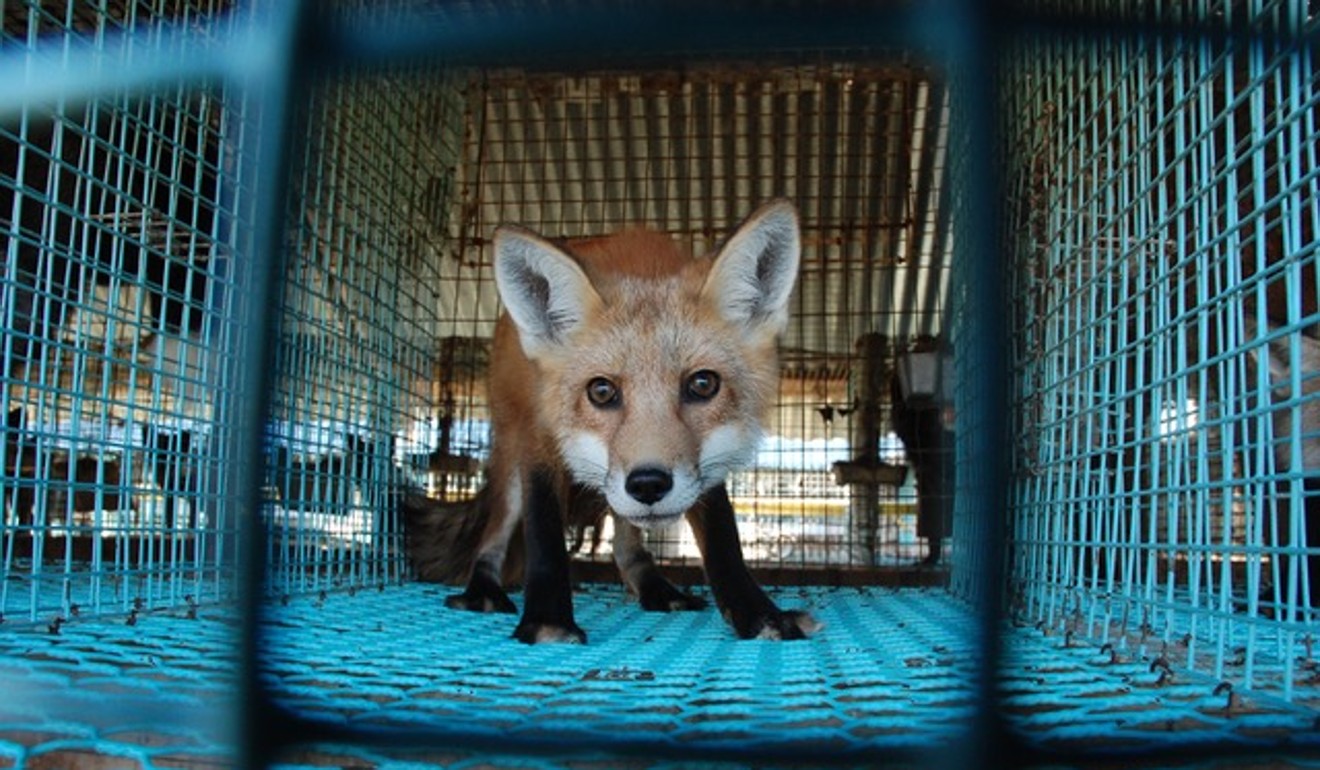
Of course, China doesn’t just import fur, it also farms it. Next to Denmark, China is the biggest producer of farmed fur on the planet.
Hong Kong fur fair facing more protests as Russian financial crisis hits trade
“There are huge welfare concerns about wild-caught animals, but more so for the millions of animals that are armed for their fur,” says Kerenza Vlastou, international projects officer for ACTAsia, the Chinese representative of the Fur Free Alliance. “In the fur farms, they lack the ability to express natural behaviours and methods of killing are almost always inhumane.
“The water and land pollution caused by the chemicals released from fur processing plants is a common and well-known problem in the Chinese fur industry. The problems that the fur industry inevitably cause have severely endangered both the environment and human health.”

And yet, the idea that faux fur is intrinsically more toxic to the planet is one of the most oft-cited arguments for the fur industry. In a recent blog post on wearefur.com, Oaten responded to Gucci’s 10-year culture of purpose sustainability plan by arguing that “banning real fur makes absolutely no sense in terms of sustainability. Petrol-based fake plastic fur is extremely harmful to the environment, isn’t biodegradable and negatively impacts wildlife, thanks to the petroleum and plastics used to produce it.”
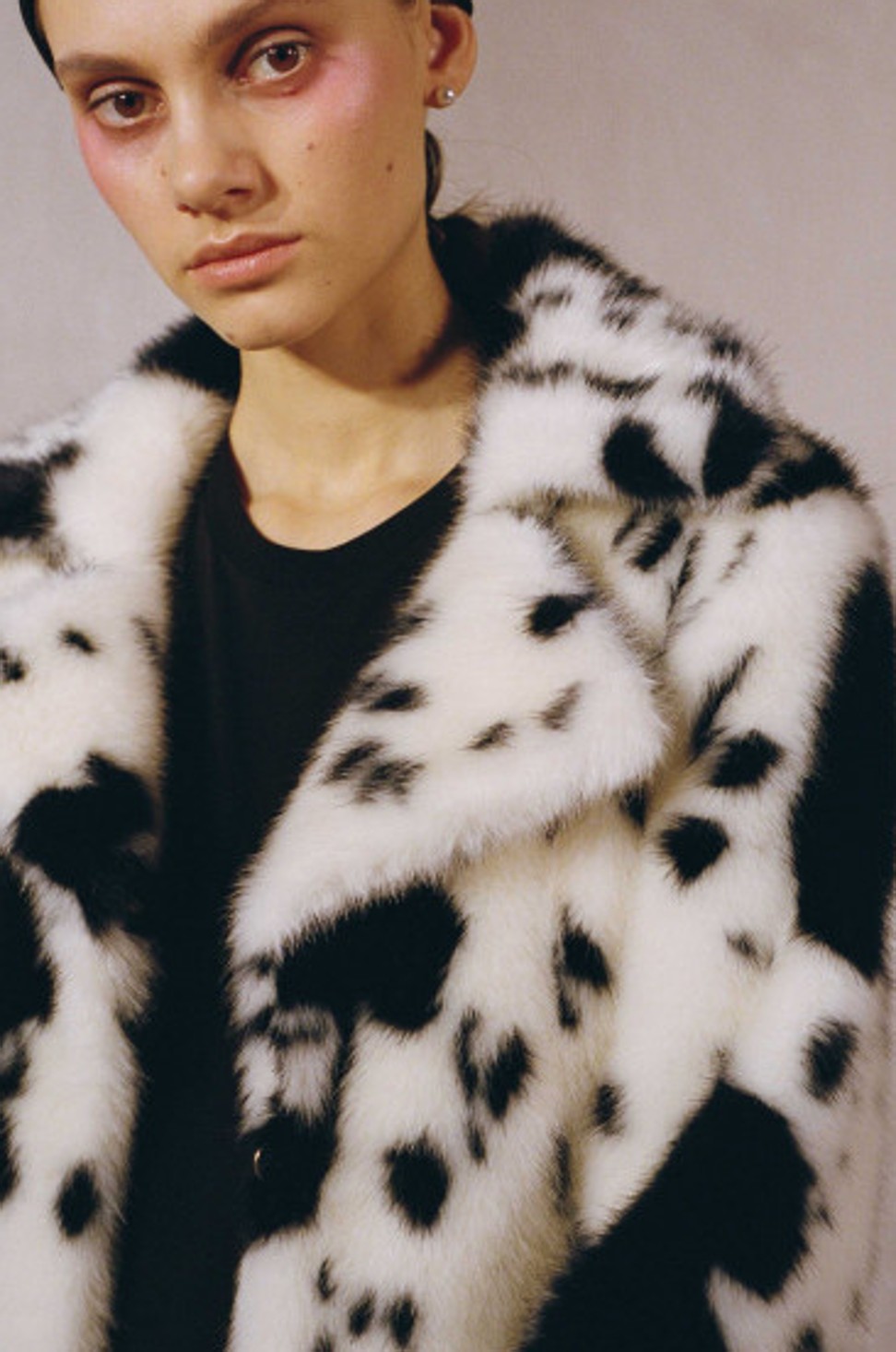
The fur industry also raises concerns over the cheapness of faux fur, rebuking the sweatshop conditions under which some of it is made.
Faux fur, however, can be both luxurious and environmentally friendly. London-based label Shrimps is known for its colourful faux fur offerings, which retail for around HK$5,000. Stella McCartney, that doyenne of eco-fashion, has built her luxury brand on the premise that you don’t need to kill animals for clothes. Nobody could accuse her faux fur of being unethical.

To raise public awareness of the issue of fur clothing, ACTAsia holds an annual Fur Free Fashion Show. For spring 2018, the show will once again be held in Shanghai, where guests will be treated to a plant-based gourmet dinner, a catwalk show, and an auction.
With Gucci also throwing a fur-free fashion show next year, it seems the biggest trend for spring will be to go faux or go home.

